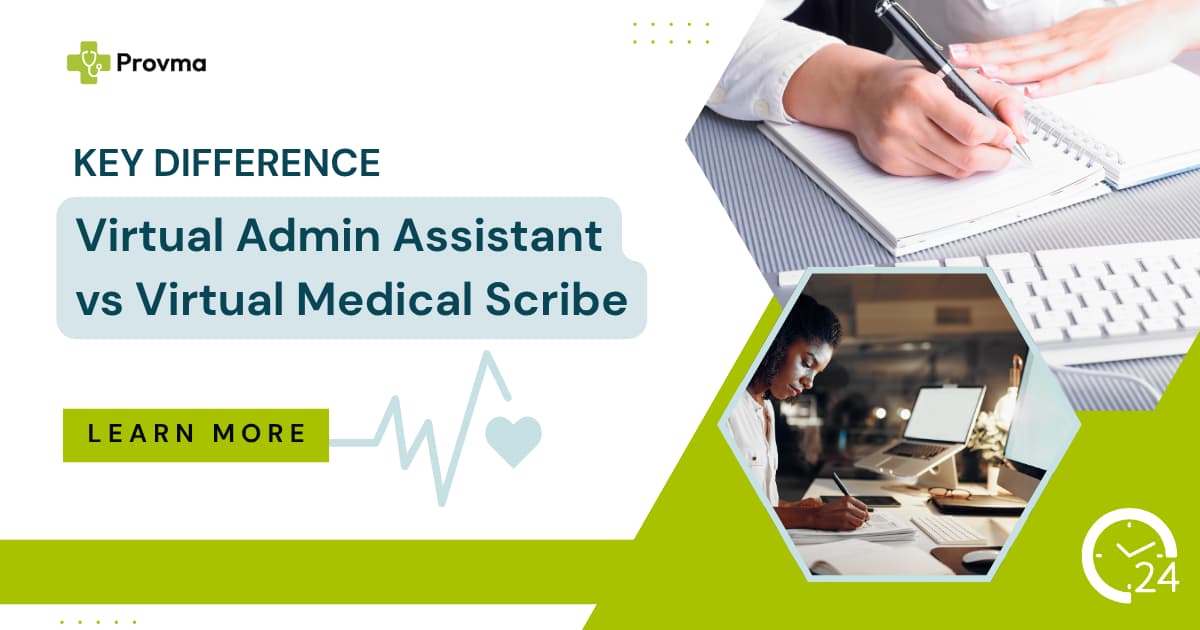Hiring a Virtual Patient Coordinator (VPC) is one of the most effective ways to streamline patient communication, reduce administrative burdens, and improve your clinic’s overall performance. In today’s fast-paced, tech-driven healthcare landscape, having a trained virtual assistant manage patient flow, appointments, and coordination allows doctors and staff to focus more on care delivery and less on repetitive administrative tasks.
From reducing no-shows to improving patient satisfaction, a virtual patient coordinator becomes an indispensable part of your healthcare team—without the overhead of an on-site employee.
What Is a Virtual Patient Coordinator?
A virtual patient coordinator is a remote administrative professional who specializes in managing the patient journey—right from the first inquiry to follow-up appointments. Unlike generic virtual assistants, a VPC is trained in healthcare-specific workflows, patient engagement, and often HIPAA compliance, making them a reliable asset for clinics, private practices, and telehealth platforms.
They typically work behind the scenes but play a frontline role in shaping the patient experience. Whether handling inquiries, confirming appointments, or coordinating with insurance providers, a virtual patient coordinator ensures that nothing falls through the cracks—especially during busy clinic hours.
Why Modern Clinics Need One
The healthcare industry is undergoing rapid transformation, and patient expectations are higher than ever. Clinics are expected to be responsive, available, and organized—regardless of size. Unfortunately, many practices struggle with limited in-house staffing, leading to longer wait times, missed calls, and inconsistent follow-ups.
A virtual patient coordinator fills these gaps efficiently. By operating remotely and often across flexible hours, they can:
- Handle overflow communication when the front desk is busy
- Reduce operational bottlenecks
- Offer personalized care coordination without burdening existing staff
This not only improves your clinic’s day-to-day operations but also elevates patient trust and satisfaction.
Key Responsibilities of a Virtual Patient Coordinator
When you bring a virtual patient coordinator onto your team, you’re adding someone who can manage multiple high-value tasks with precision. These professionals act as the connective tissue between patients and the clinical team.
Here’s what a typical VPC handles:
- Appointment Scheduling and Confirmations: Ensuring patients are reminded and confirmed for visits.
- Patient Intake Support: Collecting documentation, medical history, and pre-visit checklists.
- Insurance Verification: Liaising with providers to confirm coverage before services.
- Follow-Up Coordination: Ensuring patients receive post-treatment instructions and reminders.
- Communication Bridge: Serving as a consistent point of contact for patient queries.
This frees up valuable time for your nurses, front-desk, and medical providers to focus on what truly matters—delivering quality care.
Benefits of Hiring a Virtual Patient Coordinator
Investing in a VPC offers both short-term wins and long-term gains for your practice. The improvements are not just administrative—they’re strategic.
Hiring a virtual patient coordinator can:
Enhance Patient Satisfaction: Patients appreciate timely responses, seamless scheduling, and clear communication. A VPC ensures patients are never left waiting for answers.
Minimize No-Shows and Gaps in Care: With automated reminders and proactive follow-ups, VPCs drastically reduce no-shows—improving continuity of care and revenue consistency.
Lower Operating Costs: Compared to hiring a full-time, in-house coordinator, virtual support offers significant cost savings without sacrificing performance.
Improve Staff Productivity: Front-desk staff are often overwhelmed. A VPC absorbs routine tasks, allowing on-site employees to focus on higher-impact work.
Support Clinic Growth: As your patient base grows, a scalable VPC solution allows you to expand without the overhead and HR complexity.
Virtual Patient Coordinator vs. In-House Admins
While both in-house staff and virtual support play important roles, a virtual patient coordinator adds a unique level of scalability and flexibility that’s hard to match. Especially in times of staffing shortages or fluctuating patient volume, a virtual assistant can fill in gaps quickly and reliably.
Moreover, VPCs can work outside of standard clinic hours—handling evening confirmations, weekend inquiries, or early morning intakes, keeping your operations running smoothly even when the doors are closed.
For many clinics, the hybrid approach works best: internal staff for on-site needs, and a VPC for remote support and overflow management.
Who Should Consider Hiring a VPC?
If your clinic struggles with patient follow-up, missed calls, slow appointment scheduling, or overwhelmed front-desk staff, a virtual patient coordinator could be the solution.
Ideal candidates include:
- Solo practitioners who need administrative support but not full-time staff
- Multi-specialty clinics that require coordination across departments
- Telehealth providers looking to scale operations efficiently
- Dental and chiropractic clinics with high appointment turnover
- Mental health professionals who want to ensure personalized, consistent patient care
If you’re already using services like a Virtual Medical Receptionist, adding a VPC creates a complete virtual front office.
Compliance and Patient Privacy: Why HIPAA Matters
Any assistant handling patient information must follow strict privacy protocols. That’s why hiring a HIPAA-trained virtual patient coordinator is crucial.
At ProVMA, all coordinators are trained in HIPAA compliance, ensuring secure data handling, encrypted communication, and full regulatory alignment.
You can also explore the HIPAA official site to understand the legal standards your clinic must meet when handling patient data.
Real-World Impact: Clinic Success Story
One example comes from a multi-provider family clinic in Texas. After onboarding a VPC through ProVMA, they reported:
- 40% reduction in missed appointments
- Faster patient onboarding
- More time for clinical staff to focus on care
- Improved patient satisfaction ratings on Google and Healthgrades
The ROI became clear within the first quarter—highlighting how a single hire can impact the entire clinic workflow.
Final Thoughts
A virtual patient coordinator is more than just admin help—they’re a strategic asset for any healthcare practice aiming to deliver better patient care with fewer resources. They streamline communication, ensure follow-ups happen, and free up your staff from time-consuming tasks.
In an increasingly digital healthcare environment, adding a VPC to your team is one of the smartest, most scalable decisions you can make.
Frequently Asked Questions (FAQs)
What is a virtual patient coordinator?
A virtual patient coordinator (VPC) is a remote healthcare assistant who manages non-clinical tasks such as scheduling, patient communication, insurance verification, and follow-ups. They help streamline clinic operations, reduce missed appointments, and enhance patient satisfaction—all while working off-site.
How does a virtual patient coordinator help reduce no-shows?
VPCs use appointment reminders, text/email follow-ups, and real-time confirmations to ensure patients are engaged and informed. By proactively communicating, they reduce last-minute cancellations and missed appointments, helping clinics maintain steady patient flow.
Is hiring a virtual patient coordinator HIPAA-compliant?
Yes, when hired from reputable providers like ProVMA, virtual patient coordinators are trained in HIPAA compliance. They follow strict protocols to protect patient data through secure systems and encrypted communication.
What’s the difference between a virtual patient coordinator and a virtual medical receptionist?
A virtual medical receptionist handles front-desk tasks like answering calls and booking appointments. A virtual patient coordinator goes further by managing follow-ups, verifying insurance, coordinating care plans, and communicating with both patients and staff—playing a more strategic role in patient management.
Can a virtual patient coordinator work with my EHR system?
Yes, most VPCs are trained to work with common Electronic Health Record (EHR) platforms. Before onboarding, the coordinator is usually trained on your clinic’s tools and workflow to ensure a smooth integration.
What types of clinics benefit from virtual patient coordinators?
VPCs are ideal for private practices, family medicine, telehealth providers, dental offices, mental health clinics, and specialty clinics that need scalable administrative support without increasing on-site headcount.





